Deck Archetypes: Storming with Aggro
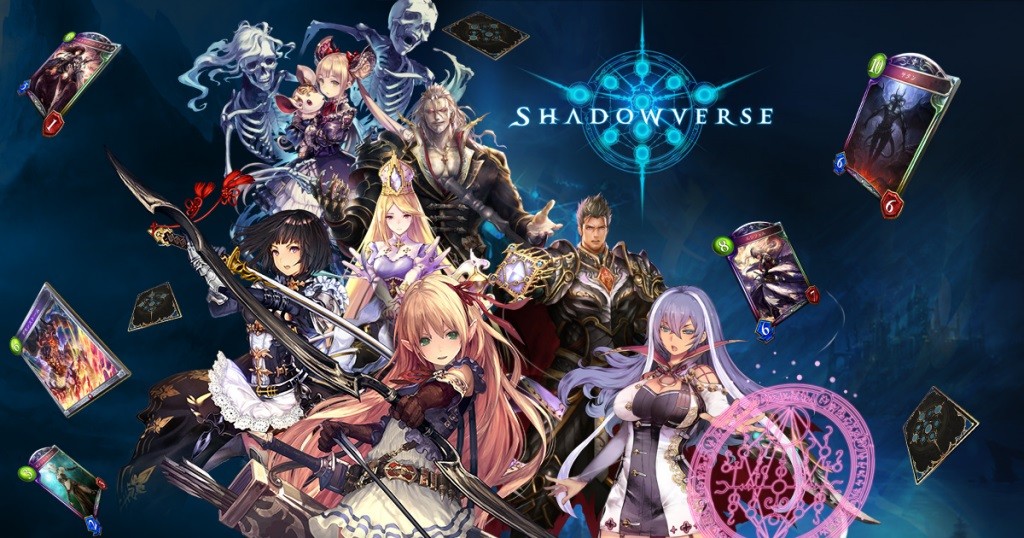
As mentioned in the previous article, one thing you need to win is a strong deck.
However, just having a powerful deck doesn’t guarantee you a win every time. Why is a given deck so strong? Why are there this many copies of a card in the deck? You have to know the basics of deck building in order to answer these questions.
In the last article, we went over three archetypes —aggro, control, and midrange decks. In this installment we’ll cover the aggro deck archetype because it includes many of the basics and standards of deck building.
Aggro Deck Characteristics
The goal of this game is to bring the enemy leader’s defense down to zero. An aggro deck seeks the quickest path to accomplish this. With it, you can end a match in just a few turns by whittling away at the enemy leader’s defense. You can also set up a board of low-cost followers and/or followers with Storm. Since aggro decks aim for a quick defeat, ideally you should be able to prevent your opponent from playing cards.
Imagine facing an aggro deck. Even if you have powerful cards in your hand, they won’t do you any good if you’re never given the chance to play them. The opponent might force you to use your aggressive cards in a defensive manner. This would also make it very difficult to find the right time to switch from defense to offense.
Because an aggro deck can put on the pressure, you don’t have to worry about being pressured yourself. This means that simply putting together a deck of aggressive cards will make you difficult to beat and help you to win.
The essence of an aggro deck is that offense is the best defense.
However, even aggro decks have their weaknesses. If your early push is crushed, you will fall behind and find it difficult to get back into the game. The fewer turns you spend on the offense, the more difficult it becomes for your aggro deck to win.
The individual cards in an aggro deck aren’t very strong. Aggro decks tend to get overwhelmed in the later stages of the game if your opponent drags the match out. It’s best if you include a few cards that can keep your opponents at bay, midgame and on.
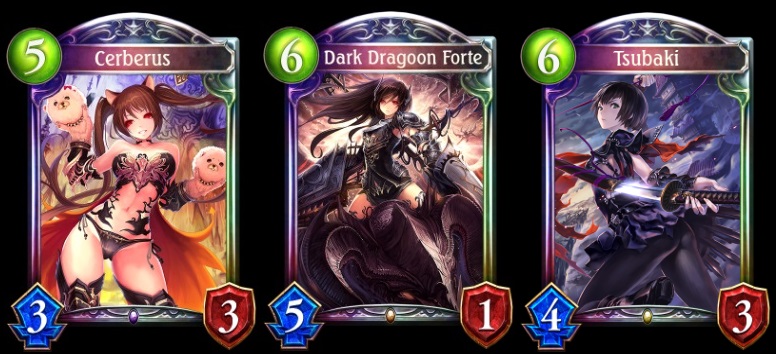
Damage spells, Storm, and Ambush are invaluable for delivering that final blow.
Making an Aggro Deck
Now that we’ve learned about aggro decks, let’s try making one. First, take a look at the cost distribution of the cards in the sample decks introduced in the last article.
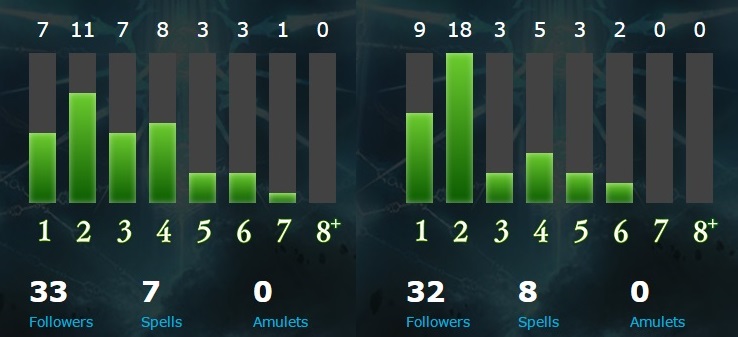
Card Cost Distribution: (L) Aggro Shadow / (R) Aggro Dragon
There are slight differences, but both decks share the following points.
They include many 1-cost and 2-cost cards.
They include only a few 5-cost cards–the bare minimum.
The main force and most important part of an aggro deck is its low-cost cards. In particular, 2-cost cards are vital in any deck’s early game, whether used for offense or defense.
2-Cost Cards
Why are 2-cost cards so important? Let’s line up some neutral followers to explain.
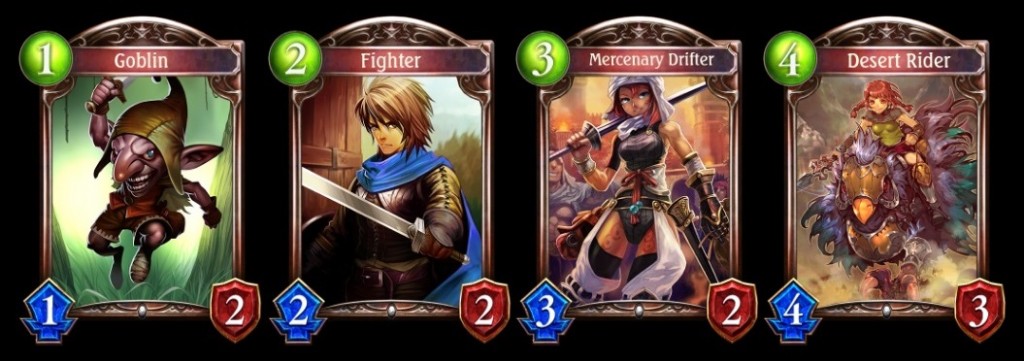
These followers have average stats (attack/defense) for their relative play point costs of 1-4.
Goblin can be played on turn 1, but will get taken out in any bout against a higher-cost follower. The attack of the 3-cost Mercenary Drifter allows it to take out the 4-cost Desert Rider. On the other hand, it can also be destroyed by a 2-cost follower.
A Fighter can take out a Goblin and then exchange damage with a 3-cost follower. A 2-cost 2/2 card has immense value relative to other cards. It can neutralize a 1-cost follower and then be used to deal with a 3-cost follower.
With this in mind, it makes sense to include a fair amount of 2-cost 2/2 followers in an aggro deck. The actual number of cards will depend on the preference of the deck creator and the class. As a general rule, aggro decks should have at least three copies of three different 2-cost followers for a total of nine cards.
1-Cost Cards
After considering your 2-cost cards, it’s time to look at 1-cost cards. Some of you may be wondering why it’s necessary to include cards like Goblin and Vanguard into a deck.
Here are the advantages of 1-cost followers.
Having a follower played on turn 1 may allow you to sneak in a few points of damage.
They can serve as a decoy for 2-cost followers or more.
Having a 1-cost card to play on turn 1 means you can efficiently use your initial play point instead of having to skip your turn. If the game lasts a long time, that play point may seem insignificant. But if you are looking to close the game as quickly as possible, 1 play point has a big influence on the outcome. Playing a 1-cost and 2-cost card together on turn 3 is also a strong move as it ensures you don’t waste a single play point.
The catch with 1-cost followers is that they become less effective or totally useless if you go second. Don’t put too many of these cards in your deck even if you’re tempted.
Some 1-cost cards can occasionally provide the value of a 2-cost card. It’s worth making a point of including these in your deck.
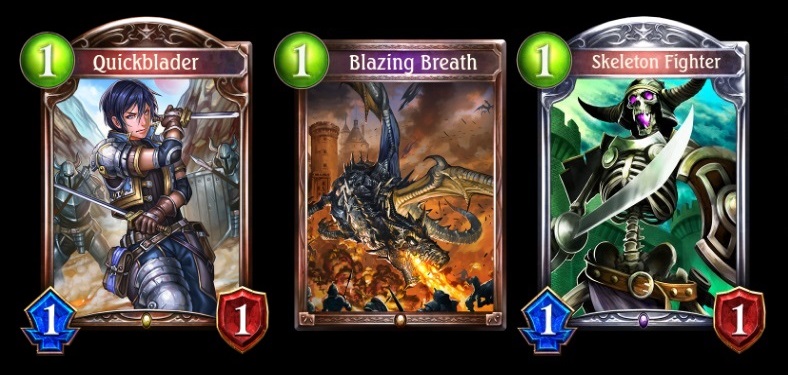
Cards that cost 1 play point, but may provide the value of a 2-cost card or more
Other Cards
Half the cards in an aggro deck will be 1-cost and 2-cost cards. You’ll want to fill the rest of your deck with followers that stay on the board and cards that can finish off the opponent. Also include strong followers with a 4- or higher cost that can take advantage of that extra evolution when going second.
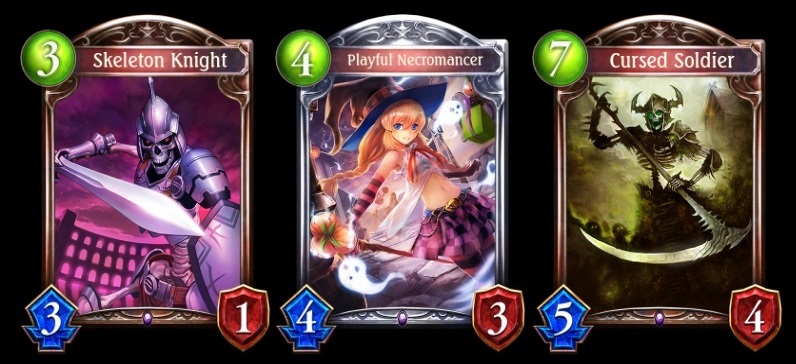
There are many fine cards in the aggro Shadowcraft deck that refuse to leave the battlefield. Although they cost a bit more, they are perfect for an aggro build.
We have just covered one approach to building an aggro deck. There are many proven aggro recipes that incorporate tips and techniques not covered in this article. As you become familiar with aggro decks, you may discover new approaches to building them.
In late September, the expansion Darkness Evolved was released. With new cards come new possibilities. I recommend checking out and building fresh and unique aggro decks with those cards.
Summary
Learn the basics of deck building from aggro decks and perfect your aggressive playstyle!
In the next article, I’ll be going over the concept and build of a custom control deck. Until then, keep enjoying Shadowverse!





















